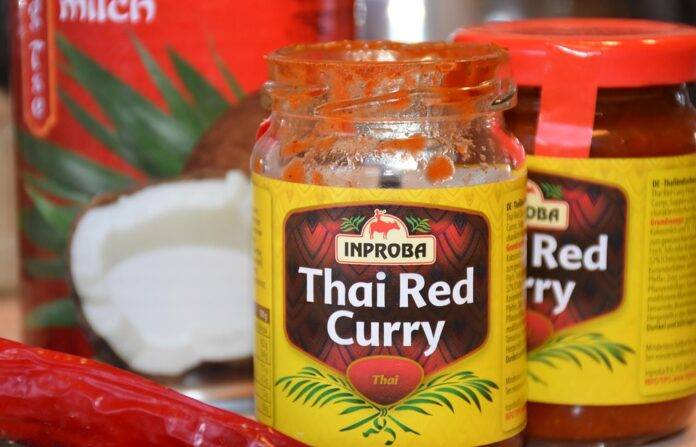Regulatory Standards and Food Safety Compliance in Curry Paste Manufacturing
The curry paste manufacturing industry is a crucial sector within the food processing industry, providing consumers with a wide range of flavorful and aromatic products. However, ensuring regulatory standards and food safety compliance is paramount to maintain the quality and safety of curry paste products.
Regulatory Standards in Curry Paste Manufacturing
In the United States, the Food and Drug Administration (FDA) regulates the production of curry paste and other food products to ensure they are safe for consumption. Manufacturers must adhere to the FDA’s Good Manufacturing Practices (GMP) guidelines, which cover various aspects of production, including sanitation, equipment maintenance, and employee training.
Additionally, curry paste manufacturers must comply with the Hazard Analysis and Critical Control Points (HACCP) system, which is a preventive approach to food safety that identifies and controls potential hazards throughout the production process. By implementing HACCP principles, manufacturers can mitigate risks and ensure the safety of their products.
Food Safety Compliance in Curry Paste Manufacturing
Food safety compliance is a top priority for curry paste manufacturers, as any contamination or foodborne illness can have severe consequences for consumers and the company’s reputation. To ensure food safety, manufacturers must follow strict hygiene practices, such as regular cleaning and sanitizing of equipment and facilities.
In addition to hygiene practices, curry paste manufacturers must also monitor and control critical control points in the production process to prevent contamination. This includes monitoring ingredients for freshness and quality, as well as implementing proper cooking and cooling processes to eliminate harmful bacteria.
Industry Insights and Trends
The curry paste manufacturing industry is experiencing steady growth due to the increasing popularity of Asian cuisine worldwide. Consumers are seeking authentic and flavorful products, driving demand for high-quality curry paste varieties.
In terms of market trends, there is a growing focus on clean label and organic curry paste products, as consumers become more conscious of the ingredients used in their food. Manufacturers are adapting to this trend by sourcing organic ingredients and eliminating artificial additives from their products.
Financial Data
According to industry reports, the global curry paste market is expected to reach a value of $XX billion by 2025, with Asia Pacific being the largest market for curry paste products. The market is driven by the increasing demand for convenient and flavorful cooking ingredients, particularly in countries with a strong culinary tradition.
In conclusion, regulatory standards and food safety compliance are essential aspects of curry paste manufacturing to ensure the quality and safety of products. By adhering to strict regulations and implementing best practices, manufacturers can maintain consumer trust and drive growth in the competitive curry paste market.




